BIOBLITZOLOGY

“Cherish the natural world because you’re part of it, and you depend on it.”
~Sir David Attenborough (English broadcaster & natural historian)
*Dedicated to Mr. Winston Johnson, National Herbarium of Trinidad and Tobago whom I first met BioBlitz, Icacos 2017 (Plant group) for his invaluable work and knowledge on plants (R.I.P.)
During undergrad in UWI, I took a course called Conservation Biology. It was one of the few courses I took special interest and enjoyment in. In fact, I enjoyed it so much I spent four hundred dollars on the primary reading textbook just for the love of learning (FYI: After I got an A- grade I sold the textbook in mint condition for the same price!). I used to eagerly look forward to the maxi-taxi rides on the field-trips which were part of the practical component. Clearly, I didn’t get out much during undergrad!
This course introduced me to one of the daunting problems facing us globally in the 21st century: the loss of biodiversity due to the effects by us, humans. It gave me a general understanding of biodiversity, the threats to it, and methods for preventing its loss.
But it was only later on after I completed the course, was I introduced to one of these methods that gave me a deeper appreciation for all that I learnt. It is called a BioBlitz.
What is a BioBlitz?
“A BioBlitz is an intense period of biological surveying in an attempt to record all the living species within a designated area”.[1]
The term was coined by the U.S. National Park Service (NPS) to describe the first BioBlitz event in 1996.[2] This was a survey effort conducted in Kenilworth Park and Aquatic Gardens in Washington, D.C.[1], [2]
Since then, BioBlitzes have been adopted and organized in various countries world-wide by educators, scientists and conservation practitioners (Parker et.al). And its popularity is still growing today.
Modern day BioBlitz
According to Droege (2004), one of the founders of the modern-day BioBlitz concept,
“the name and concept of BioBlitz is not registered, not copyrighted, not trade-marked, and is not a government thing. It’s an idea that can be used, adapted, and modified by any group, who should freely use the name BioBlitz for their own purposes.”[3]
BioBlitz events are a great way of getting the public from various walks of life, and even children interested in biodiversity and conservation. These events help increase their biodiversity knowledge and foster an appreciation for the natural world that they may have taken for granted.[4]

When biologist E. O. Wilson, the “father of biodiversity” lead a BioBlitz on the slopes of Mount Gorongosa in Mozambique in 2011, he recalled,
“Kids from all the local villages showed up. And I had to be the expert for everything. They were listening to everything that I and others had to say about the creatures they were bringing in and the plants and so on. And I realized that anywhere a BioBlitz could be a powerful instrument in introducing kids to science”.[5]
These events are usually organized as a 24-hour blitz, which involves participation from different groups of scientists, naturalists and volunteers of all ages meeting and working together towards a common goal – documenting as many species as possible in a defined location. It’s like taking a snap-shot of the diversity present within a particular area.
Citizen Science
 In the publication “Green Paper on Citizen Science” it defines Citizen Science as
In the publication “Green Paper on Citizen Science” it defines Citizen Science as
“the general public engagement in scientific research activities when citizens contribute to science either with their intellectual effort or surrounding knowledge or with their tools and resources”.[6]
In recent years, the popularity of Citizen Science is growing, even in countries with little tradition of public participation in science.[7] Data sharing platforms such as iNaturalist, eBird, Zooniverse and Biodiversity4All make this participation possible. For e.g., the primary goal of iNaturalist is to connect people to nature;
“getting people to feel that the non-human world has personal significance, and is worth protecting”.[8]
Its secondary goal is to contribute to science.
These web platforms and mobile apps engage “citizens as scientists”. They allow the public to upload observations containing a photo of the species, date and location information.[7] This data is made available in real-time, thus enabling verification by experts at any time for data quality control.[7] This information is collected into a database, which is then shared to support research and decision-making at the local, national and even international levels.[7]
Added Value
Growing up, everyone around me perceived science as elitist, and so I was pushed to pursue this career path. I shared this same viewpoint until I learnt the importance of a BioBlitz. I think it is refreshing to see science being made more open and accessible to the public. BioBlitzes are the perfect opportunity for empowering and including individuals and communities to take action to protect the environment.[7]
 They have the potential to inform policymaking. When a BioBlitz is able to give answers to community concerns, the policy outcomes of these events become even stronger.[7] They foster collaboration and networking with stakeholders who are usually not directly involved in conservation, therefore increasing opportunities to support campaigns to protect the local environment.[7]
They have the potential to inform policymaking. When a BioBlitz is able to give answers to community concerns, the policy outcomes of these events become even stronger.[7] They foster collaboration and networking with stakeholders who are usually not directly involved in conservation, therefore increasing opportunities to support campaigns to protect the local environment.[7]
And of course, the data collected at BioBlitzes can be used for research, such as updating species lists and documenting the occurrence of rare species.[7]
One step further…
An essay published in the journal Conservation Biology states that BioBlitzes can be adapted to meet conservation needs through the use of Expert BioBlitzes.[2]
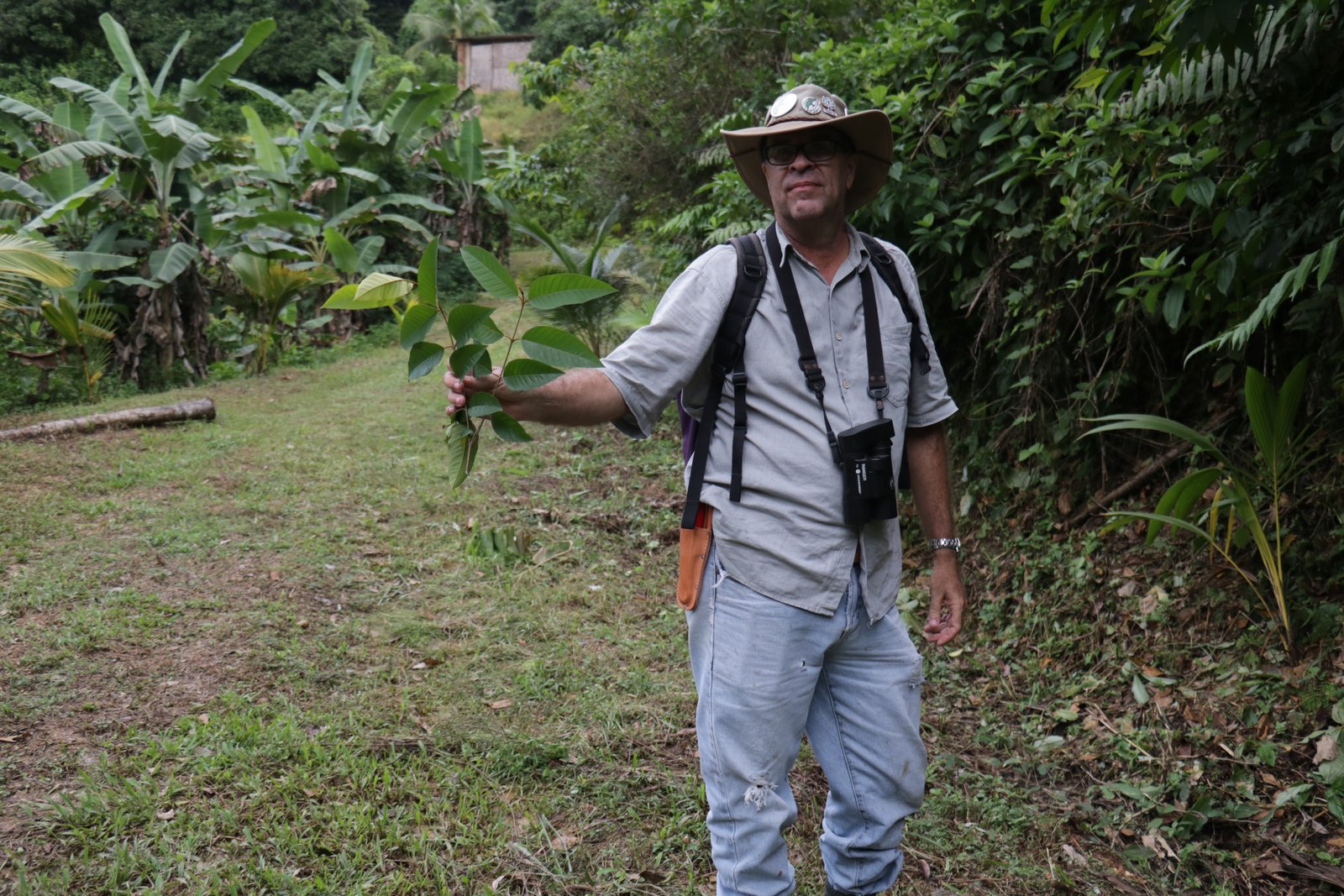
Expert BioBlitzes are cost-effective ways to rapidly generate conservation-relevant data.[2] They involve a team of professional scientists and conservation practitioners working collaboratively to generate conservation-relevant data on taxa or other resources, enhance research capacity, and build working partnerships focused on conservation concerns.
BioBlitz in Trinidad and Tobago
The first Bioblitz in Trinidad and Tobago, and possibly the Caribbean was held at Tucker Valley, Chaguaramas in November 2012.[9]
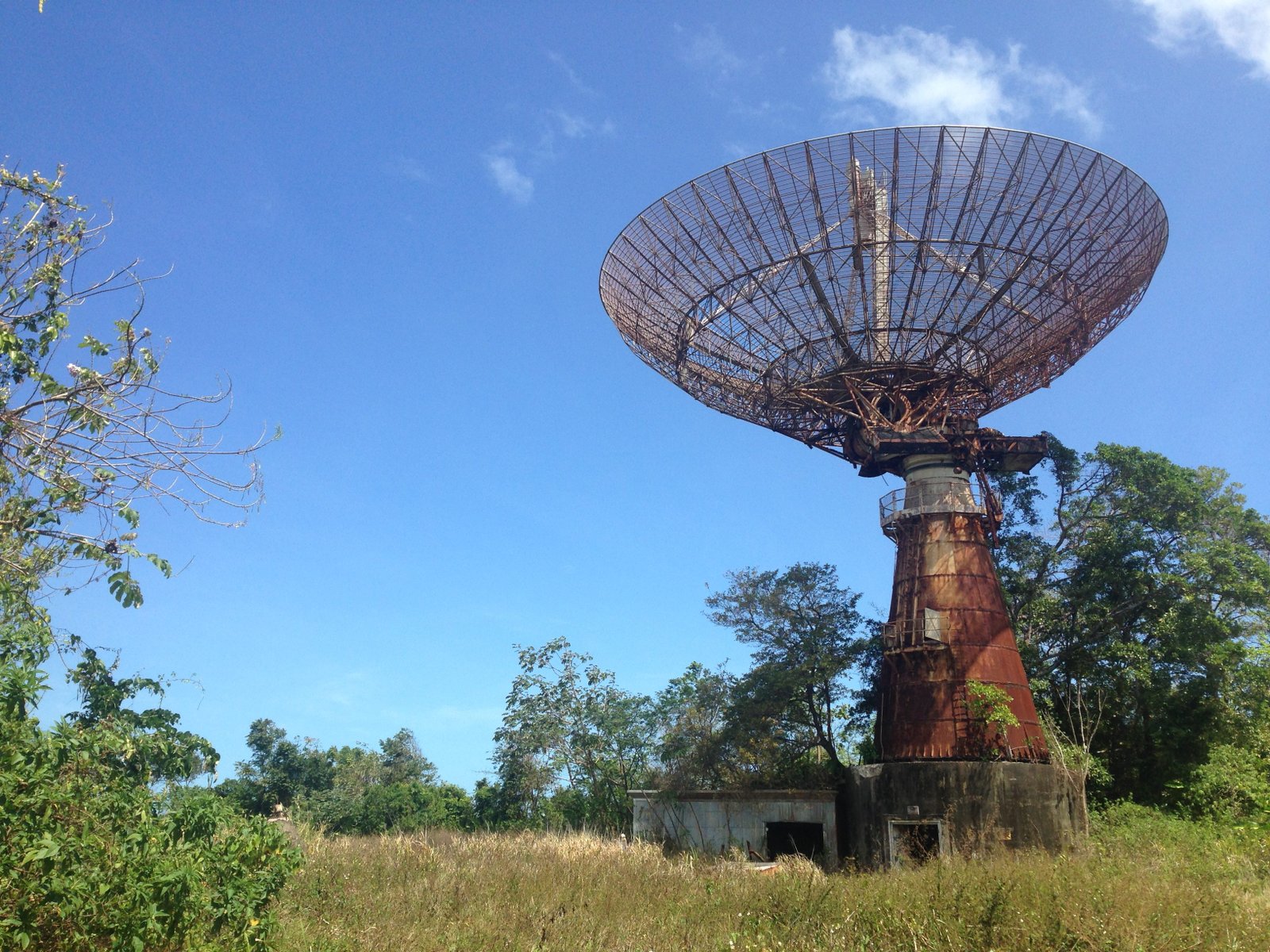 It was organized by Mike G. Rutherford, curator of the University of the West Indies Zoology Museum (UWIZM), with help from the Trinidad and Tobago Field Naturalists’ Club (TTFNC). According to Mike,
It was organized by Mike G. Rutherford, curator of the University of the West Indies Zoology Museum (UWIZM), with help from the Trinidad and Tobago Field Naturalists’ Club (TTFNC). According to Mike,
“I had done a few bioblitzes in the UK before I moved to Trinidad and I knew that they would be a great event to run here. I picked Tucker Valley due to its accessibility for volunteers and guests and because of the great variety of habitats both marine and terrestrial. I did the event as a partnership between the UWIZM and the TTFNC with sponsorship from First Citizens Bank.”
Help also came from many other organizations including the University of the West Indies Dept. of Life Sciences, the Institute of Marine Affairs, the National Herbarium of T&T, the Chaguaramas Development Authority and the Trinidad and Tobago Orchid Society. Other groups involved included the Asa Wright Nature Centre, the Environmental Management Authority Youth Ambassadors, the Zoological Society of Trinidad and Tobago and the Ministry of Food Production, Land and Marine Affairs and CAB International.[9]

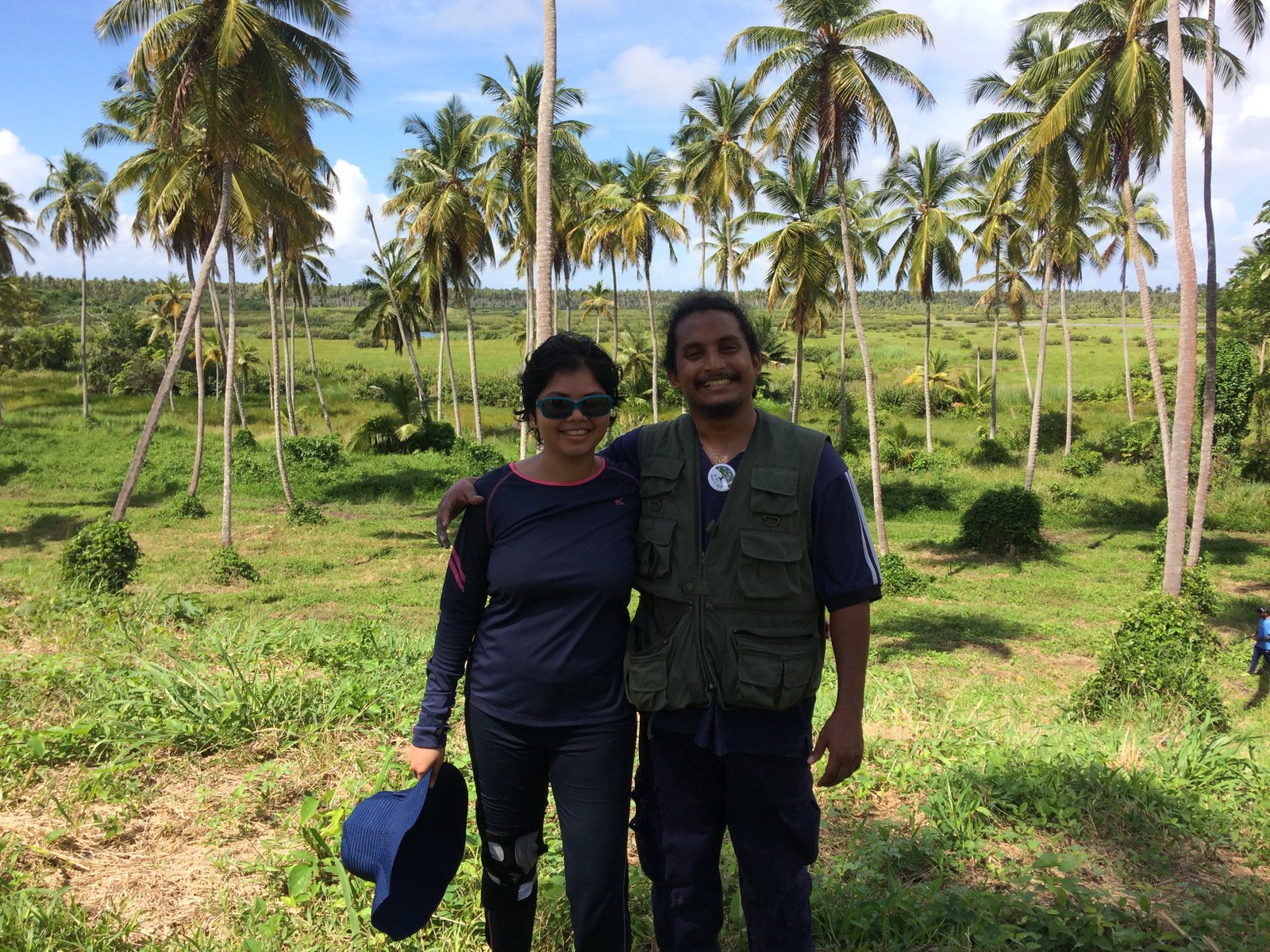
Since then the event has been held in November each year, at different locations. Both Aaron and I shared our first BioBlitz experience at Charlotteville in 2015 with the Bird-banding group; the second at Icacos in 2017 with the Plant group, and last year’s one at Toco in 2018 also with the Plant group. These BioBlitzes are anything but boring. You can read about our experience at The Blitz Zone.
Experiencing nature brings people together. BioBliz has a different meaning to different groups of people. Here’s a look at what it means to some:
Renoir Auguste, President of The Trinidad and Tobago Field Naturalist Club (TTFNC)
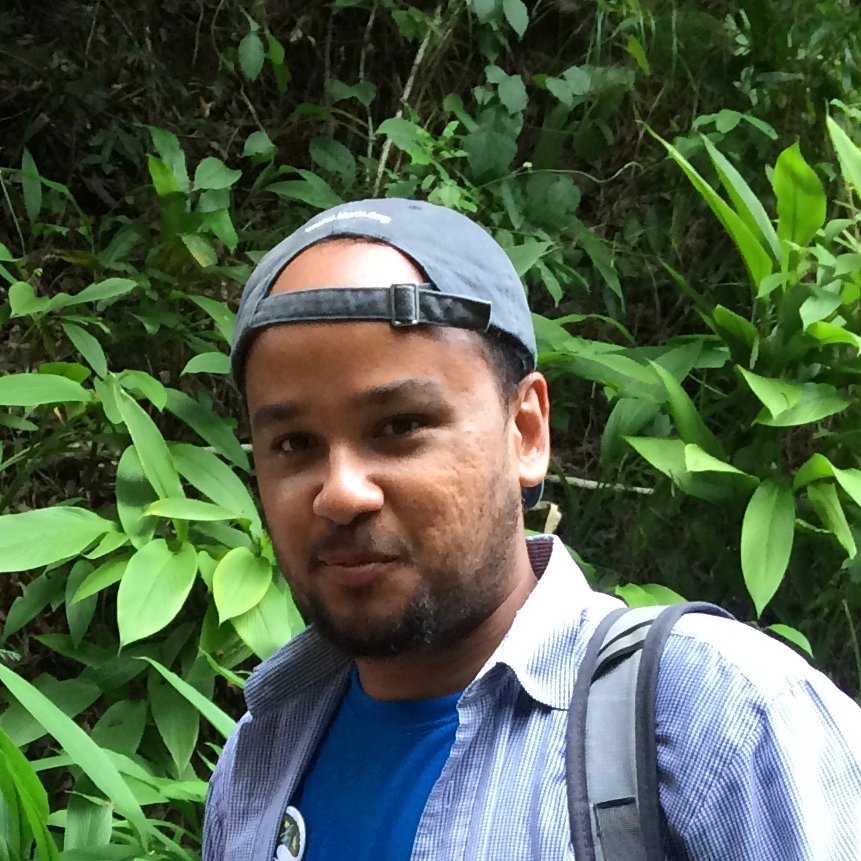
~Amphibian & Reptile group
“Since I was young I liked animals, so I decided to do Science. At university I did Environmental Management and Zoology, and then a Masters in Biodiversity Conservation. In terms of amphibians and reptiles, it was actually the first BioBlitz at Tucker Valley in 2012 that put me on this focused path. When I went to the first BioBlitz, I ended up stumbling into the amphibian and reptile group and enjoyed it. I was inspired by other experts and decided from there that I would focus on this path and learn more about amphibians and reptiles. I started off as someone kind of interested, to someone being in the group, to someone leading the group, to someone writing a book about it!”
 Renoir is the Managing Editor of the book titled: A Field Guide to the Amphibians & Reptiles of Trinidad and Tobago. This is the second book that covers a description of all the herpetafauna (amphibians and reptiles) in T&T, and it’s the first field guide format of its kind for the country on the topic.
Renoir is the Managing Editor of the book titled: A Field Guide to the Amphibians & Reptiles of Trinidad and Tobago. This is the second book that covers a description of all the herpetafauna (amphibians and reptiles) in T&T, and it’s the first field guide format of its kind for the country on the topic.
For last year’s 7th annual BioBlitz, Renoir was the main person spearheading the organizing.
“I took initiative to get it going mainly because I’m the president of the TTFNC, and the previous organizer Mike Rutherford isn’t here. In terms of organizing it was a team effort. Each person really helped out with either seeing about sponsorship, doing recon for the basecamp, calling different places for food options, or the group leaders organizing the volunteers for their respective groups.”
What is the goal of BioBlitz?
“We hope people from the community would gain a better understanding, awareness and appreciation for the wildlife in their community. Usually the main people who could protect these animals and plants are the people in the area. The more they know about it, the more they appreciate it, and the more likely they will help protect it. It can’t be just us the researchers, or the volunteers, doing the survey. It really has to be the people on the ground.”
Milena Mechkarska, Senior Lecturer in Biochemistry, UWI, St. Augustine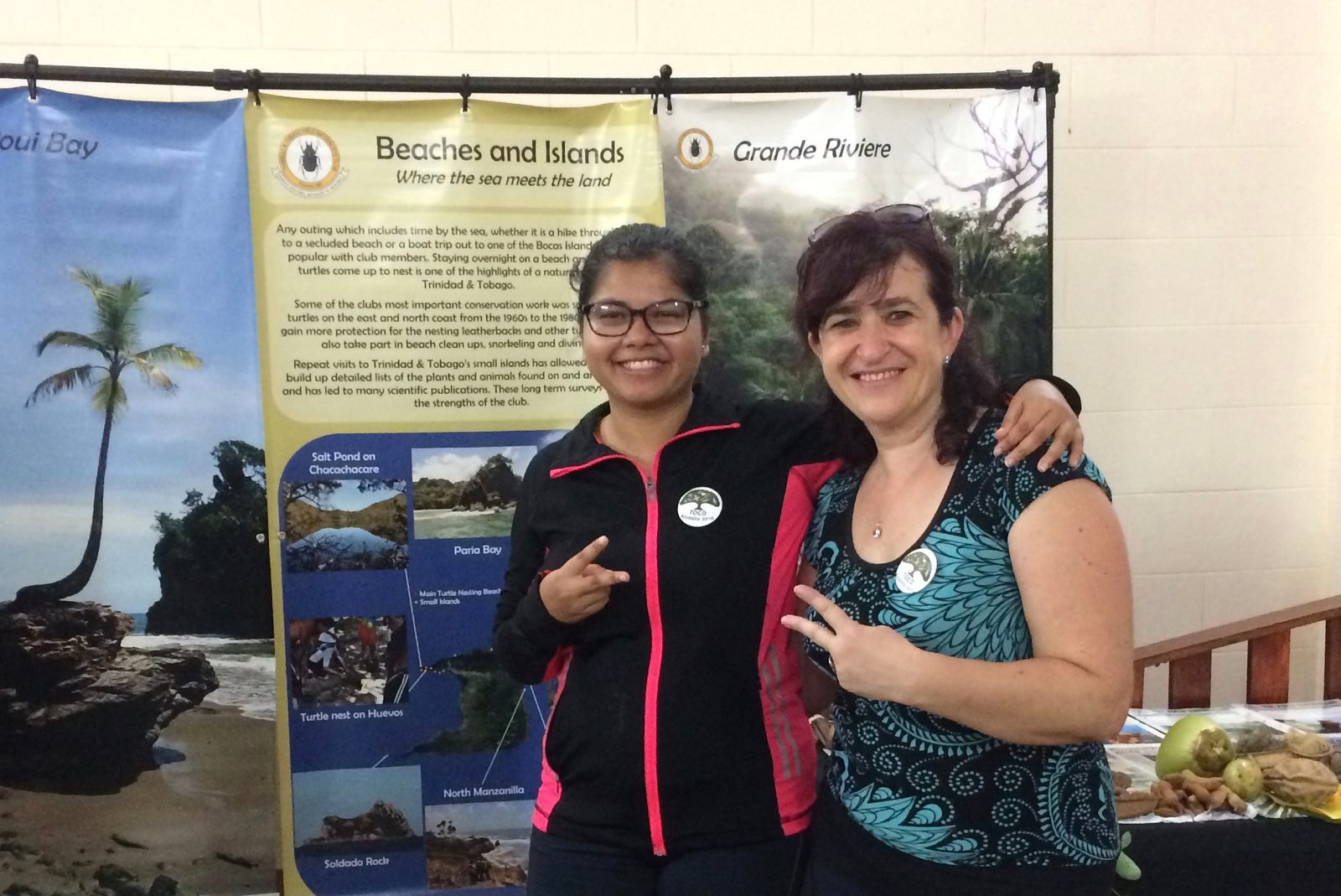
~Amphibians and Reptiles group: Frogs
“When I came to Trinidad and Tobago, I had a lot of colleagues who organized the event. I got involved because I work with frogs. And it’s a great opportunity for me to get experience going through the trails to collect species for my experiments. We had a great time at Icacos BioBlitz 2017 collecting species and interacting with people. I loved this area of the country called South. I’ve been only once and I just find it very, very special. Visiting new places is good, that’s why I decided to come to Toco BioBlitz 2018 to collect frogs for my experiments. Because of the experience I’m a big, big fan of these activities!
What always impresses me is that the location is chosen with care. If you want to camp on the basecamp there are facilities also suitable for the public outreach display (living and museum samples) so that the public can be educated and get involved.
BioBlitz is a great event socially, working with colleagues and making new connections with people who you’re used to only seeing face wise. Icacos BioBlitz 2017 was when I met you for example on the trip for plants. On that trip I got interested in plants as well but, Shhh…that’s a secret!
Stephanie Warren-Gittens, Volunteer
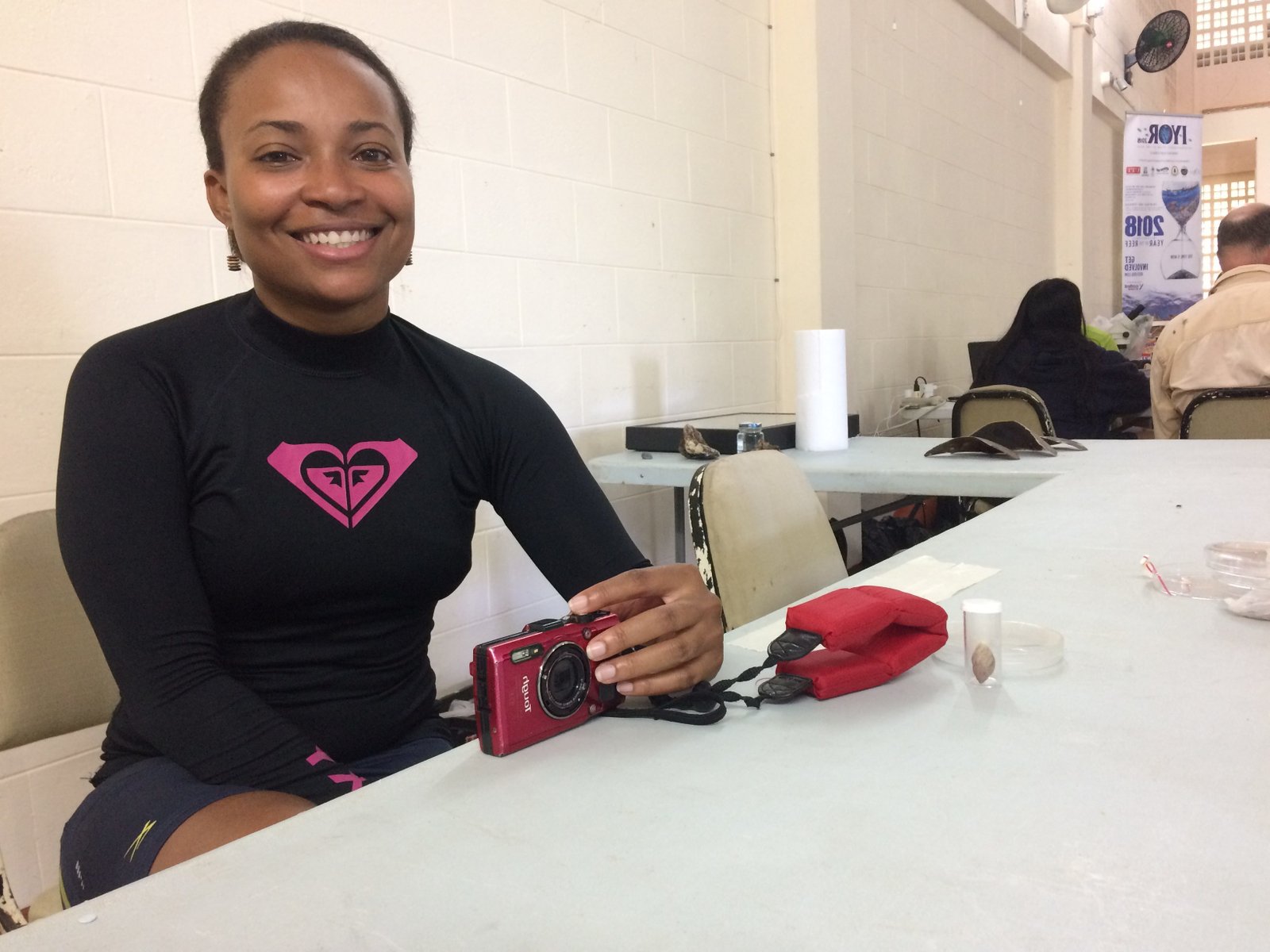 ~ Fish & Aquatic group
~ Fish & Aquatic group
“I always had an interest being in water and swimming. When I did my masters in Barbados that drove it right there because we had a lot of field courses, so we were out in the water all the time. When I came back I wanted to be a bit more involved and BioBlitz was a perfect opportunity with the Marine group in the TTFNC.
I first remember coming across the Nariva Swamp BioBlitz 2014 on Facebook. I think there were one or two persons I
went to school with and they were participating. I thought that this will be cool to do but I didn’t know them well enough to go with them and take part. But then after I saw the pictures of the event, I said I had to take part next year. And the next year happened to be Charlotteville BioBlitz 2015 , which was the best for the Marine group. It was really a nice experience. I didn’t go diving but I did snorkelling. Waking up at the cottage by the beach, and stepping out just a couple feet from the shoreline was a lot of stuff to see. After that I said,
“That’s it for me! Every year I have to take part in BioBlitz.”
Jo-Marie Westmaas, Newbie Volunteer

~ Mammals group: Bats
“Icacos BioBlitz 2017 was my first BioBlitz. It was amazing! I heard about it through the TTFNC. This year, Toco BioBlitz was really interesting. The moon was really bright so you could literally see everything that you put down and pick up with the moonlight. I also enjoyed going out with the Marine group. I learnt some new stuff and we found a manta shrimp by the fishing depot! BioBlitz is a nice sense of community.”
Nicholas Mohammed, Newbie Volunteer


~Mammal group: Bats
“The first one I went to was in Port-of-Spain BioBlitz 2016. That was during my Masters so I was fresh into researching bats, specifically Vampire bats. I was interested in the fact that every year they were doing this and they would be bat- trapping, which is something I love doing. I made sure and found myself at Icacos BioBlitz 2017 for my first overnight BioBlitzing, and I’m here now at Toco BioBlitz 2018 doing more bat stuff. I love it! It’s also fun to meet all the other scientists and researchers. I’m dead focused on bats but it’s always fun to look around and see what’s going on with the other species. I love coming over to the Marine side and even Herpetology and figuring out what’s going on there. With the bird group, I like to see how bats and birds are correlated when it comes to pollination. That’s something I’m always interested in.”
Shameel Mohammed, Volunteer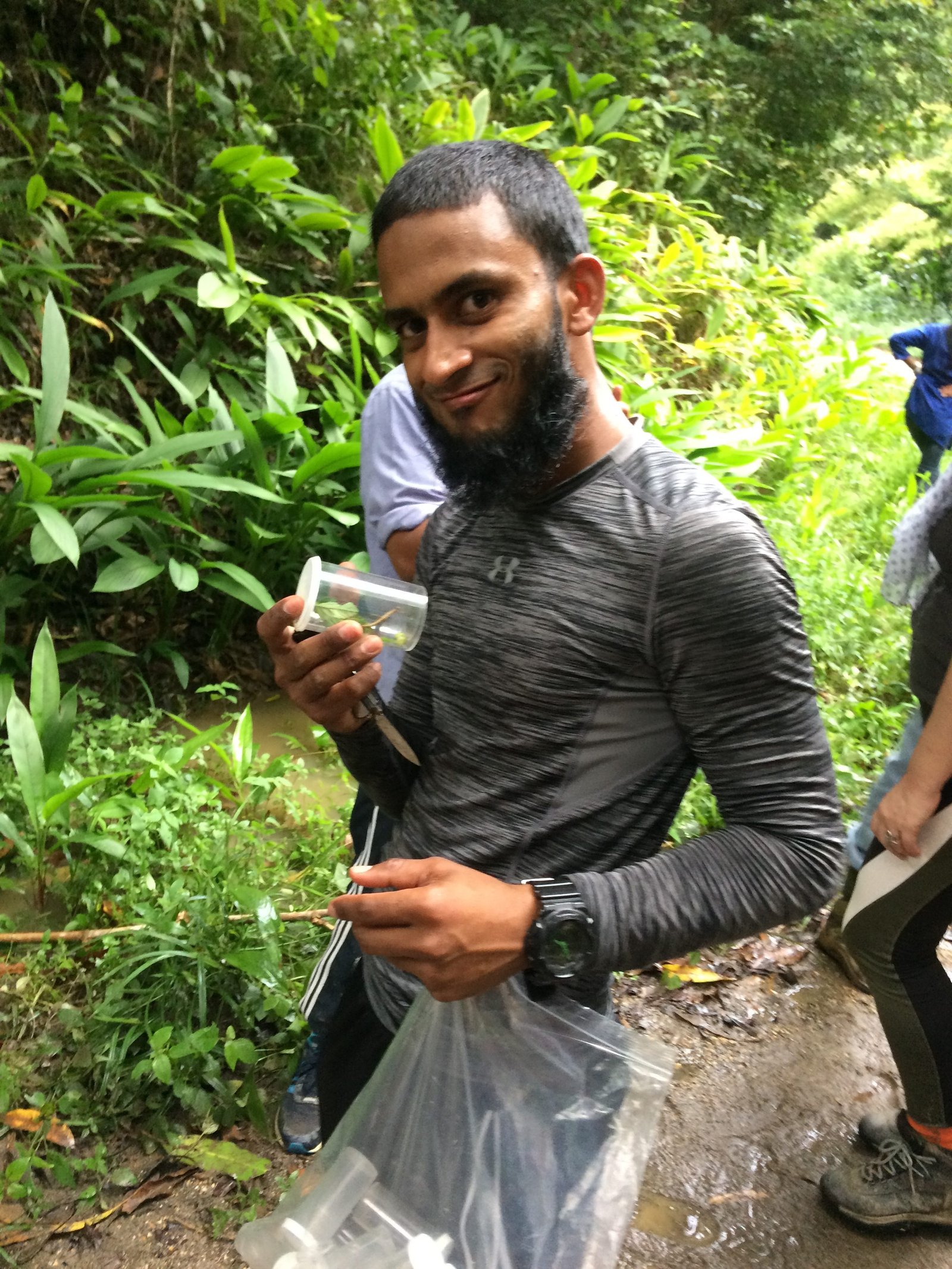
“It started with an owl. I found an injured owl, after 3 am and called a couple of places. I called the Zoo, the Safari… The only one who returned my call was The El Socorro Centre for Wildlife Conservation. I took it there and kept checking up on it, getting more involved with the centre. After a month we released it after it was back to 100% good health. I got more involved with the centre, and was told about Icacos BioBlitz 2017. I went to see what it was about and it was a good experience. I kept coming after that.”
Carl Fitzjames, Bird-watching guide, Brasso Seco Community
~Bird group: Bird-banding team
“I must say that I’m very happy that we have this BioBlitz because traditionally we don’t do much research work. I’ve been here from the very inception of BioBlitz. I concentrate more on Birds: banding birds, taking some data, and seeing what’s out there. My interest in the BioBlitz is the idea that we have all these other passionate people that come out in different disciplines looking to see what we have. Even though it’s for 24 hours, to me it’s worth it. That’s my love; coming out and seeing others with the same passion like me looking at what we have around us. I think it’s very important for our survival. That’s why I do it.
For Toco BioBlitz 2018 we did birds and bats. That was fun. Nothing too spectacular, but all the birds are spectacular! The walking crew spotted two Pawi. This is great news because that means that the Pawi is making a comeback. Even in Brasso Seco where I live, you’re now seeing them closer to the community. It’s been years because you never used to see them. I think because of the concerted effort of the protection of the Pawi, you’re seeing more sightings than before.”
Rakesh Ehukal, Veteran Volunteer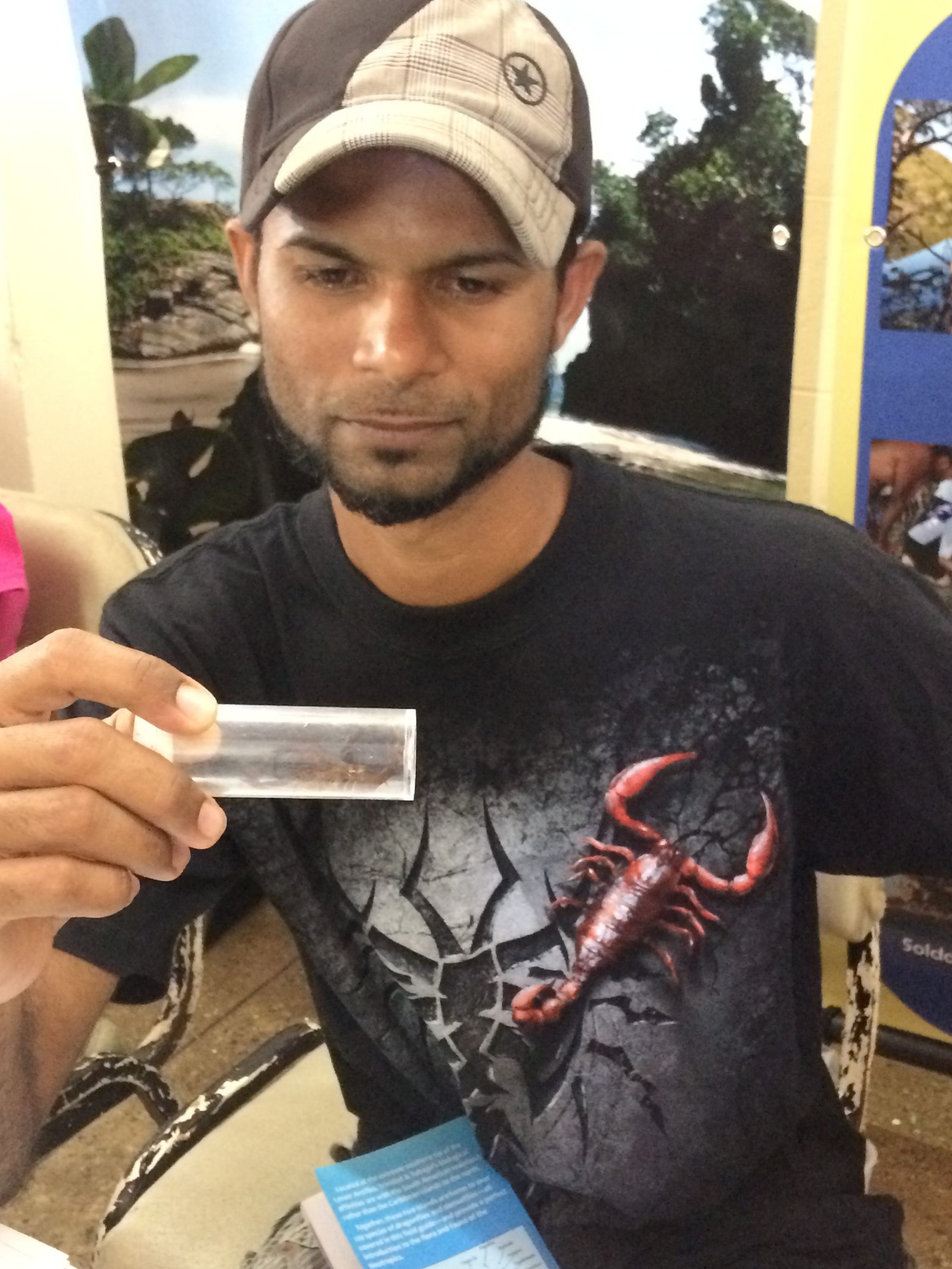
~Terrestrial Arthropod group: Scorpions
“Everything BioBlitz stands for, involves or circulates around nature. I was there from the very first BioBlitz—it was “Grassroots BioBlitz”. Nobody had any idea what to expect. We didn’t know anything like how we were going to camp, or what base camp was going to be like. All we had was an idea based on what Mike, the founder of the BioBlitz in Trinidad and Tobago was trying to put across to us. We were going on YouTube, building up the excitement, but nobody had a taste of what it was really going to be like. That was Tucker Valley BioBlitz 2012, in Chaguaramas, close to Macqueripe. It was an exceptional experience. We had a couple of camps, had campfires going, roasting marsh mellows. It was our first idea of being able to camp and survey species. It was a huge success.
Everyone looked forward to the second and third BioBlitz, and progressively over the years, BioBlitz has kept expanding. People have become more rigorous with their research techniques, sample methods and putting together their teams. Over the years everything became more streamlined and efficient, and to me we’re targeting the scientific aspects of things now.
We’re seeing volunteers who’ve been with us every year now and they themselves are brushing up on their survey techniques, methodologies and species identification. In the beginning it was just me and one or two other people who were able to identify some of the species. Now our volunteers are able to do these things, and they themselves are going out there and sharing the knowledge and experiences so that more people can come.
This year had the highest number of volunteers who came out in the first day, over two hundred persons. It has really grown over the years, and I think we will only have better things to come.”
Antonio Ramkissoon, Research Scientist, UWI, St. Augustine
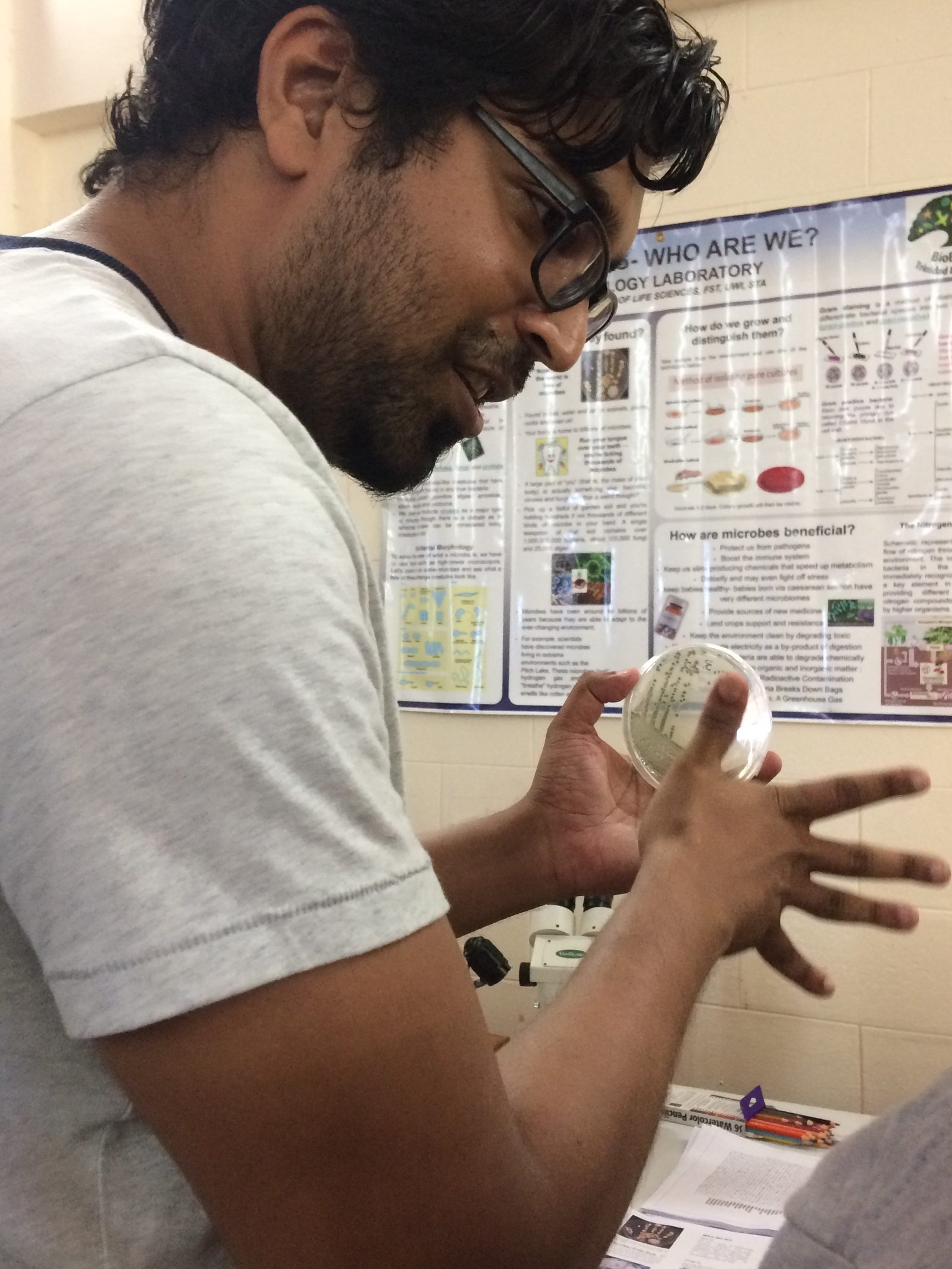 ~Microbiology group: Bacteria and Fungi
~Microbiology group: Bacteria and Fungi
“We’re not here for the traditional 24 hours. Bacteria and fungi exist everywhere but to grow them on artificial media takes about one week. In order to observe the cells, to see them grow in their colonies, and morphologies, we usually collect our samples about two weeks in advance. We culture them, prep them and get them ready for BioBlitz day.
In Toco, we got a large diversity of bacteria and fungi. A lot of them seem to have bioactive properties that we could exploit to make drugs from.
For BioBlitz they usually do a species count. But in reality we can’t exactly do a species count of bacteria and fungi because they exist in the hundreds of billions per gram of soil. One gram of soil could have a billion different types of bacteria, and you would never be able to tell. So to do a species count would be impossible! Instead we select representatives from each group and we just display them. But I guess for the diversity count, microbes would definitely outnumber every single other species a million to one. We’re interested in microbes because we live in a microbial world!
Microbes is life!”
Jeffrey Wong Sang, aka “Mushroom Man”, local amateur fungi collector and lover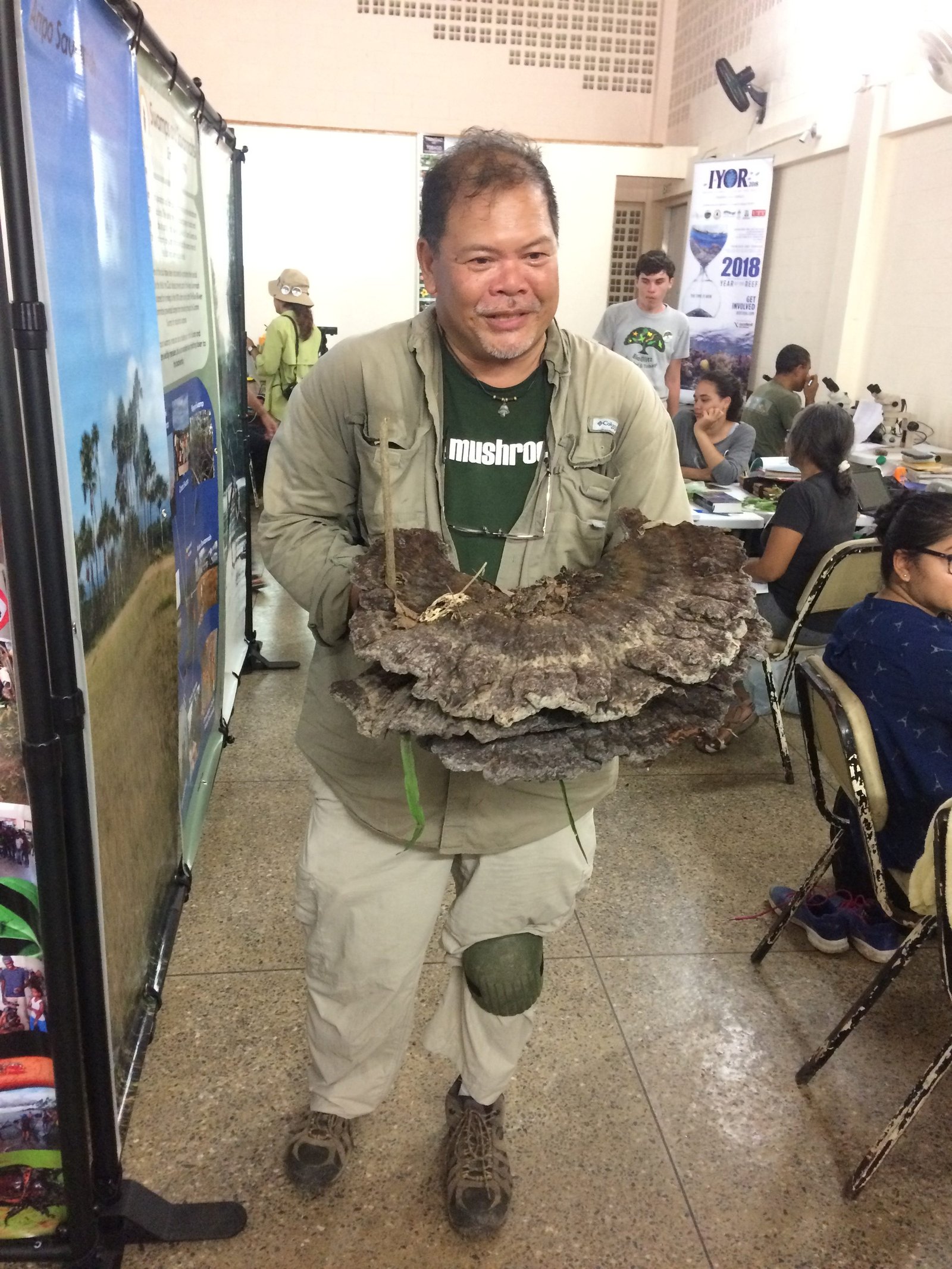
~Fungus group
“Toco BioBlitz 2018 has been really good to us. This year I was able to do both days which is important. It’s been a very, very good BioBlitz. A lot of the stuff we’ve encountered already but you get some of the very, very rare ones like the Birds nest fungi—very difficult to spot.
When the rain starts to fall, it hits the little egg and it explodes. So that’s how the empty nest is there. We only saw it because of a butterfly we were chasing and it landed close to it. Otherwise we would have never seen it!”
The mushroom’s fingerprint–each one unique like a human fingerprint.
Haley Arnold, Visiting International Student (Scotland) Volunteer
~Plant group
“I really love the BioBlitz. I think it’s great to get people involved in, and engaged with our local nature and biodiversity. It’s fun to see everyone having a good time and finding different species and learning new things. It’s fun for me too because I learn so much!
I joined the plant group mainly because my research is based in Botany. I’m able to learn about more species to get a bit of practice in my identification.”
BioBlitzers Experience, UWI, St. Augustine students
…“the main inspiration for me was the fact that you have a bunch of people with common interests going into the environment and looking for species. I find that’s real community building and team spirit.”
…“I recently started identifying plants and I found it was really interesting. I always thought that it was going to be boring but then getting out there you literally found fifty-five species within a couple of minutes. It was amazing because you tend to take these things for granted in the natural environment.”
…“at my first BioBlitz, it didn’t feel like that traditional student-teacher relationship. Instead, it felt like we were all here for a common interest. Everyone learning together and from each other was an amazing experience. This was my inspiration for going to my second BioBlitz- all my lecturers and demonstrators became “humanized” and I was looking forward to that experience again.”
…“BioBlitz should be marketed more to UWI students, non-UWI students, as well as the public. Just yesterday I was talking to a guy from that house. He didn’t even know what we were doing here. I told him about the Pawi even though he didn’t know what the Pawi is.”
Science is not just what happens in a lab, it’s the living world around us. BioBlitz offers everyone a chance to appreciate this natural world.
As E. O. Wilson sums it up,
“That somehow we have as a value, a human value, that we not destroy but we protect and study and understand and love the environment that was our birthplace… Knowing it, preserving it, studying it, understanding it, cherishing it, and holding on until we know what the hell we’re doing”.[5]
So what value do you place on the environment that is your home?
Why?
Special thanks to all the participants of the Toco BioBlitz 2018 who contributed photos in this post.
Reference Links:
- Wikipedia BioBlitz Page
- Parker, Sophie S., Gregory B. Pauly, James Moore, Naomi S. Fraga, John J. Knapp, Zachary Principe, Brian V. Brown, John M. Randall, Brian S. Cohen, and Thomas A. Wake. (2018). “Adapting the bioblitz to meet conservation needs”. Conservation Biology, Volume 32, No. 5, 1007-1019.
- Droege S. 2004. BioBlitz. U.S. Geological Survey. Washington, D.C. cited in [2].
- Pollock, Nicholas B., Natalie Howe, Ivelisse Irizarry, Nicholas Lorusso, Ariel Kruger, Kurtis Himmler, and Lena Struwe. (2015). “Personal BioBitz: A New Way to Encourage Biodiversity Discovery and Knowledge in K-99 Education and Outreach.” BioScience 65 (12), 1-11.
- Revkin, A. (2019). “E.O. Wilson at 90: The conservation legend shares dreams for the future.” National Geographic
- Green Paper on Citizen Science
- DITOs consortium. (2017). “BioBlitz: Promoting cross border Research and collaborative Practices for Biodiversity Conservation”. DITOs policy brief 1.
- BioDiversity4All.
- Tucker Valley BioBlitz 2012.


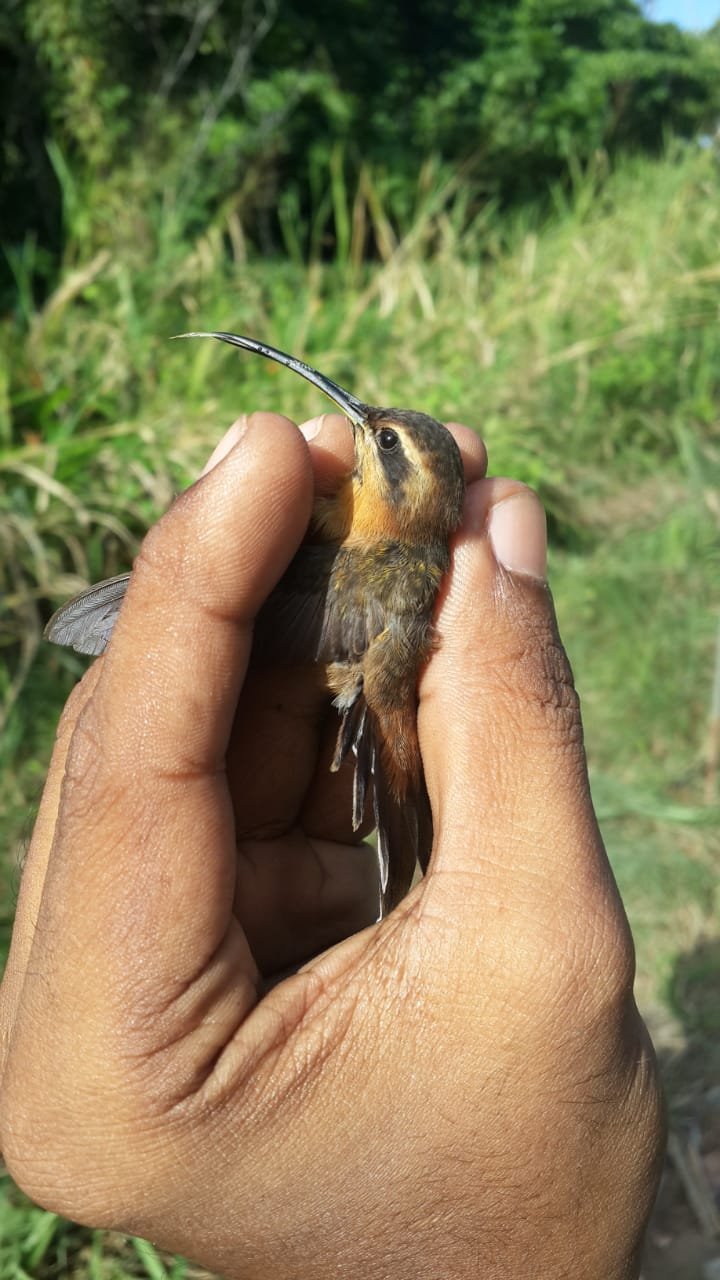

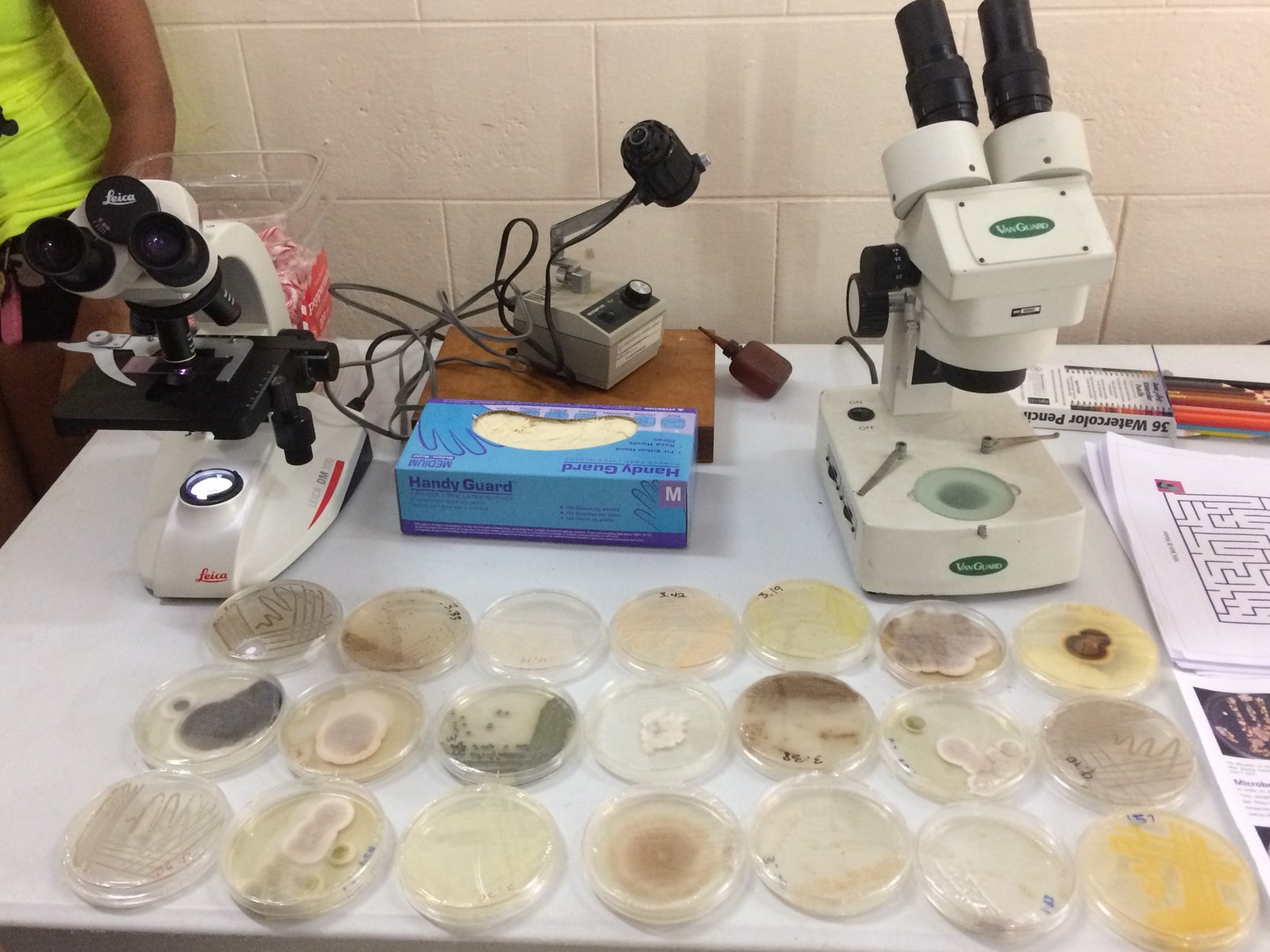
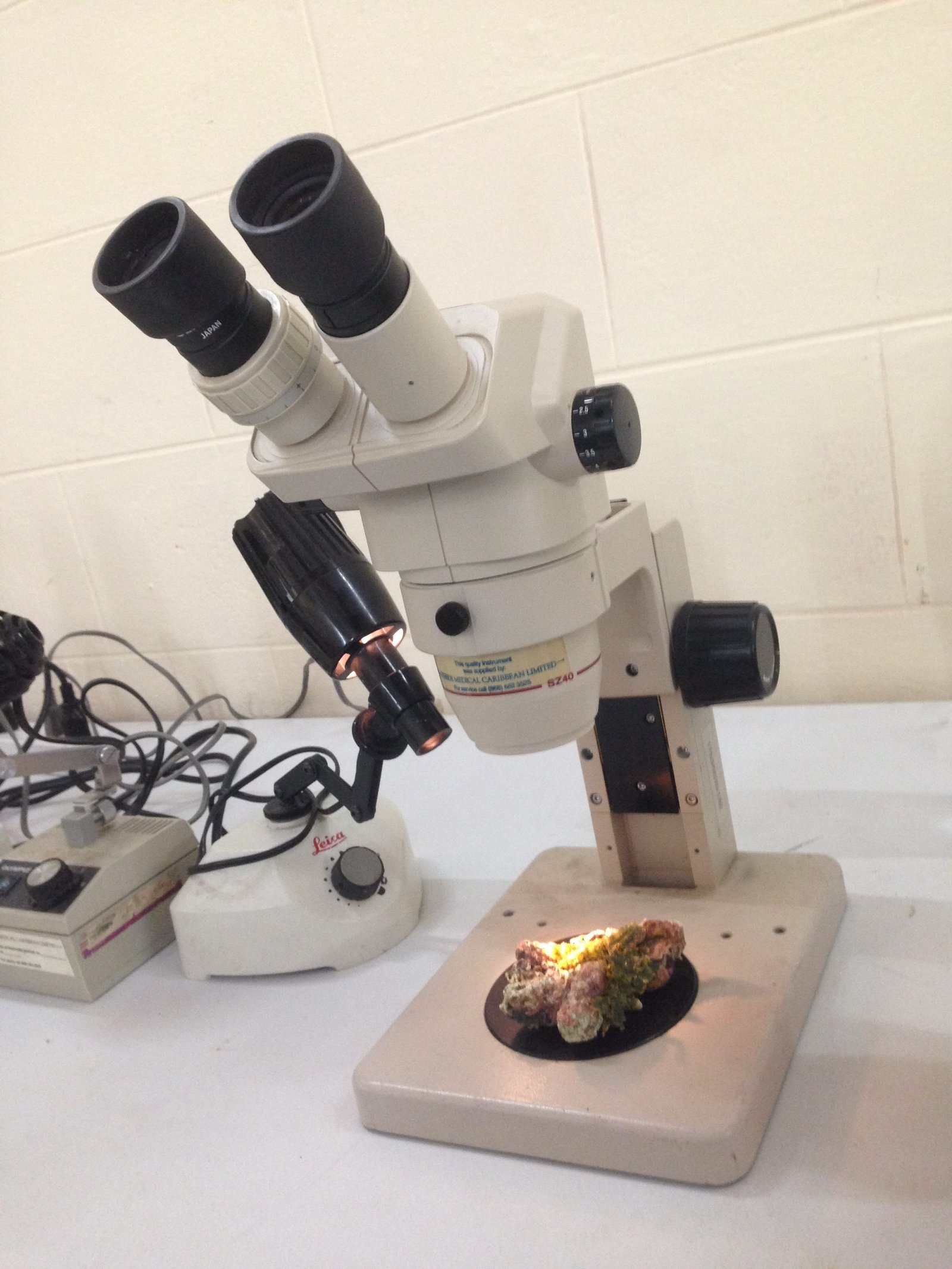


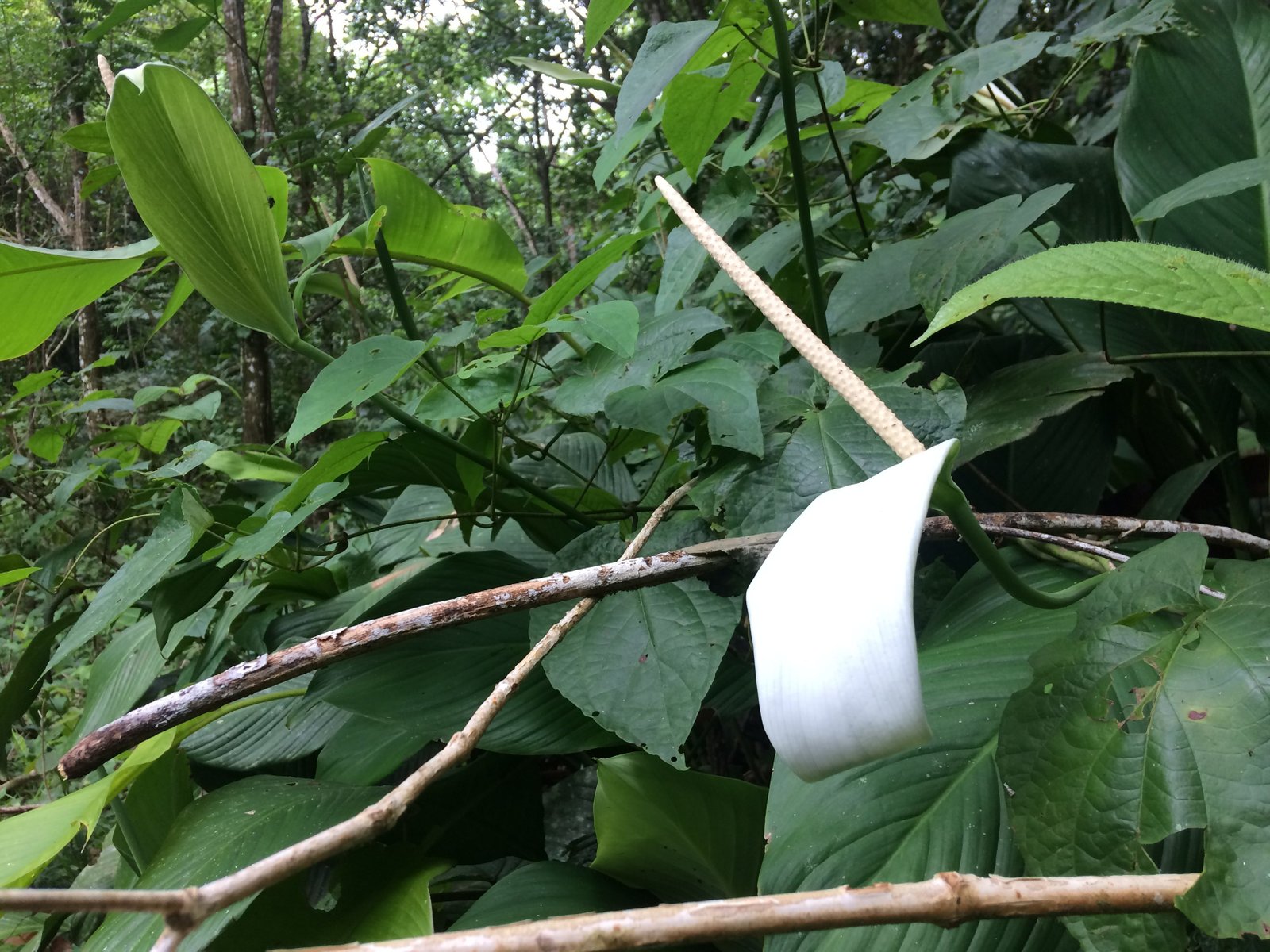

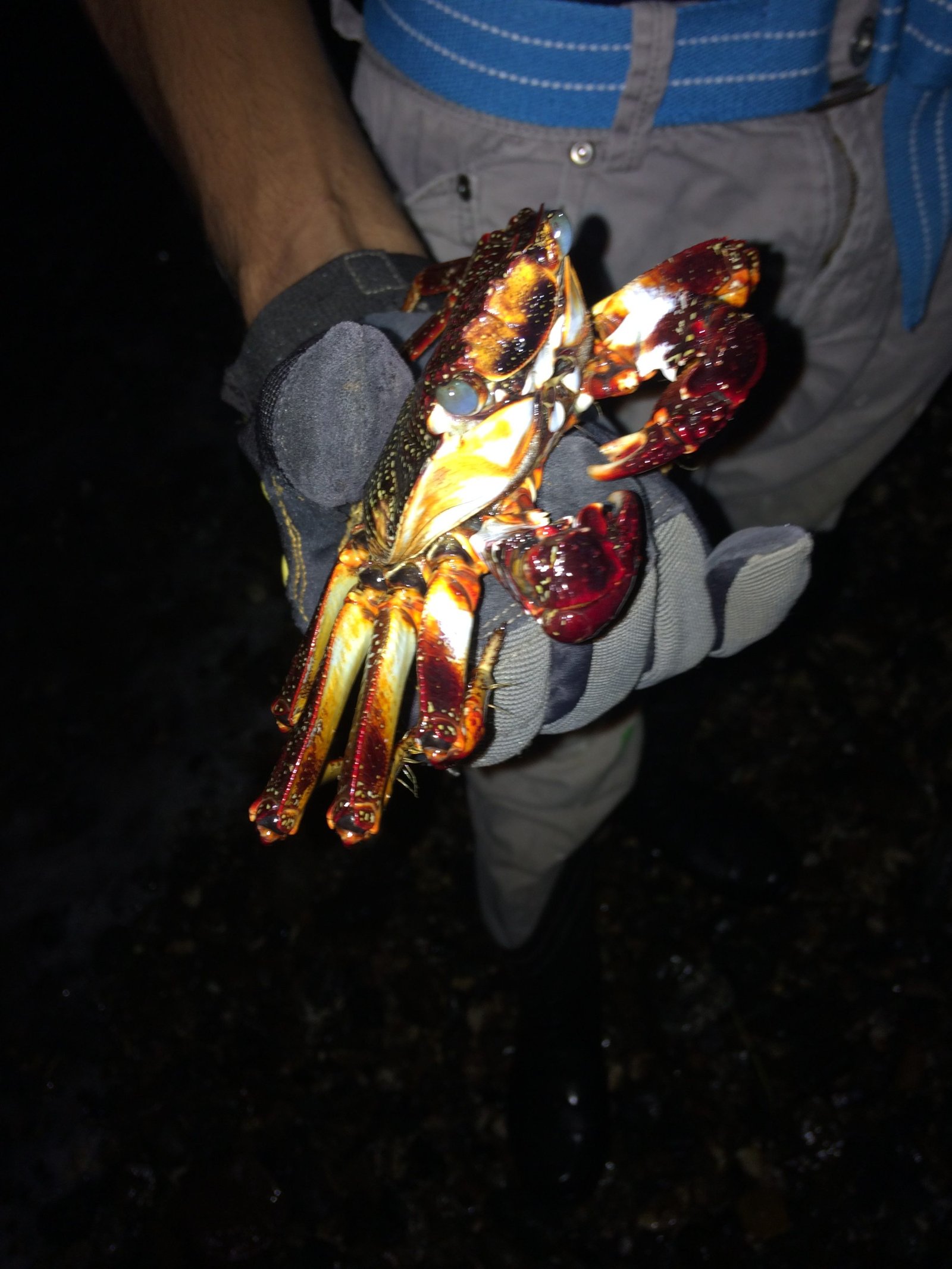
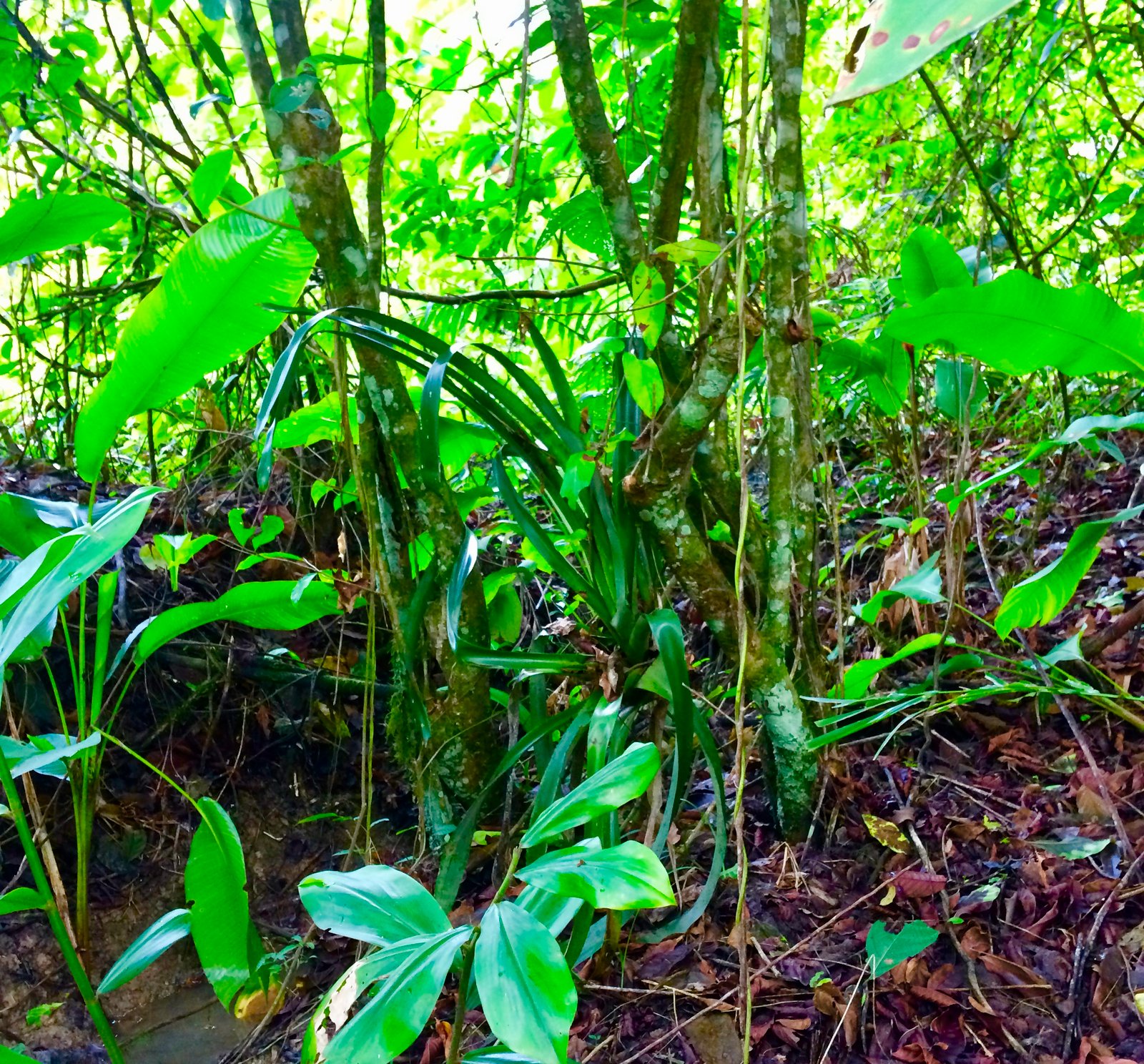
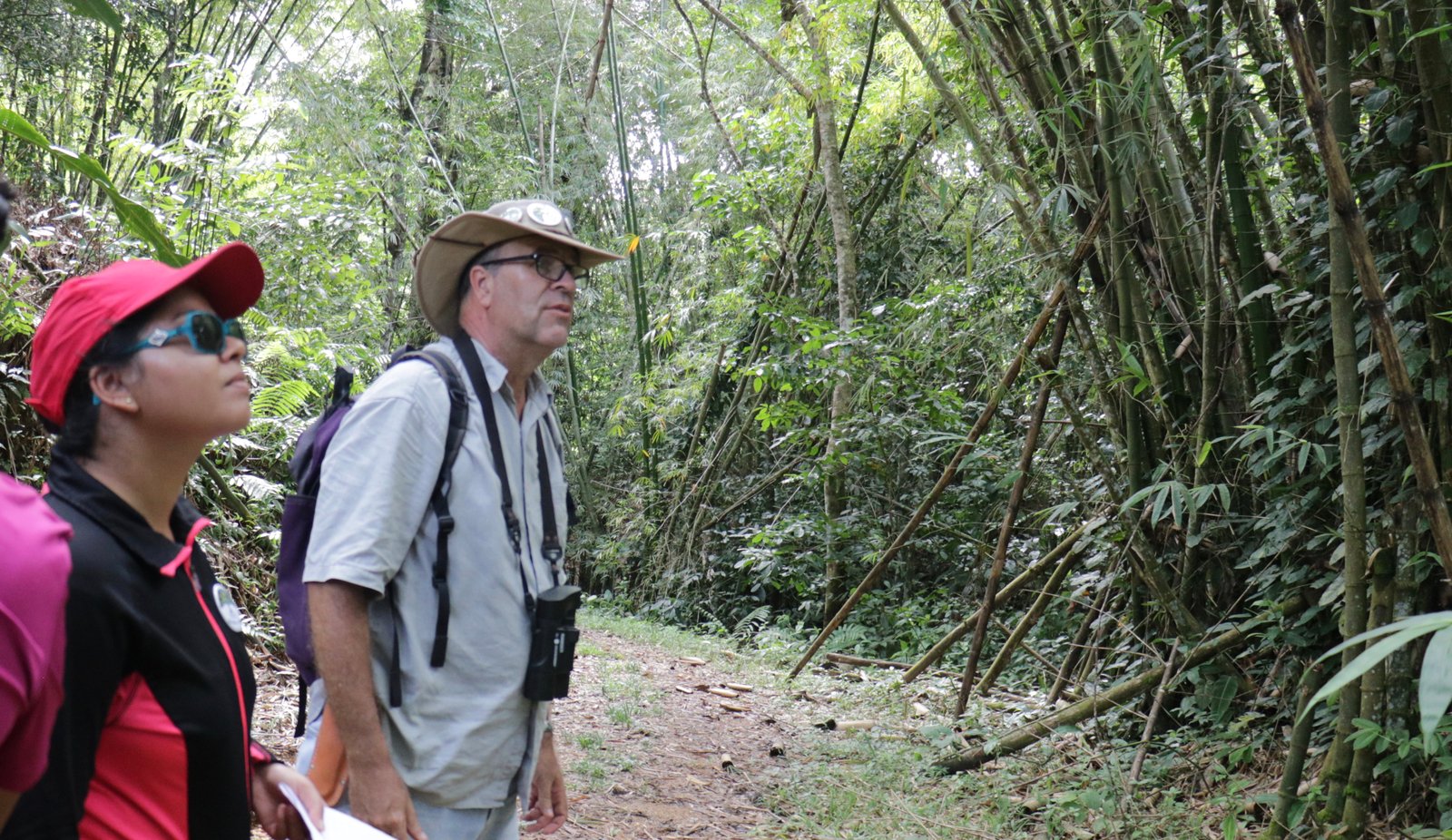

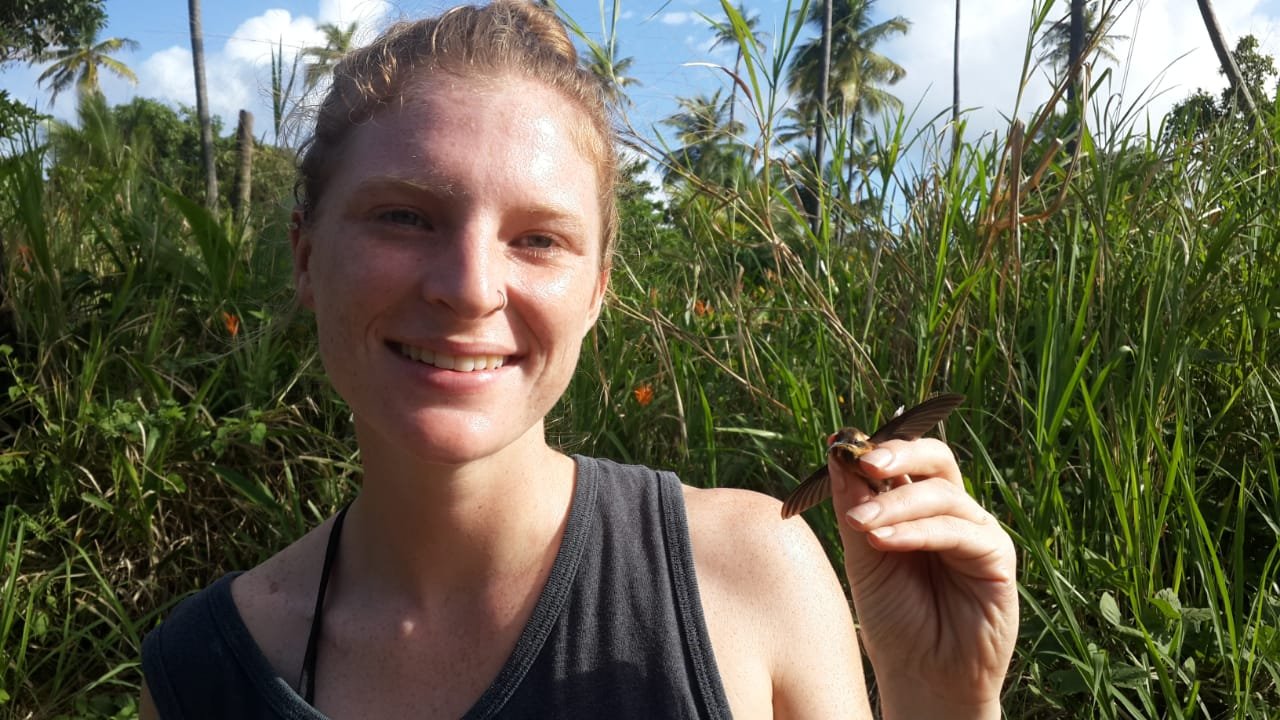
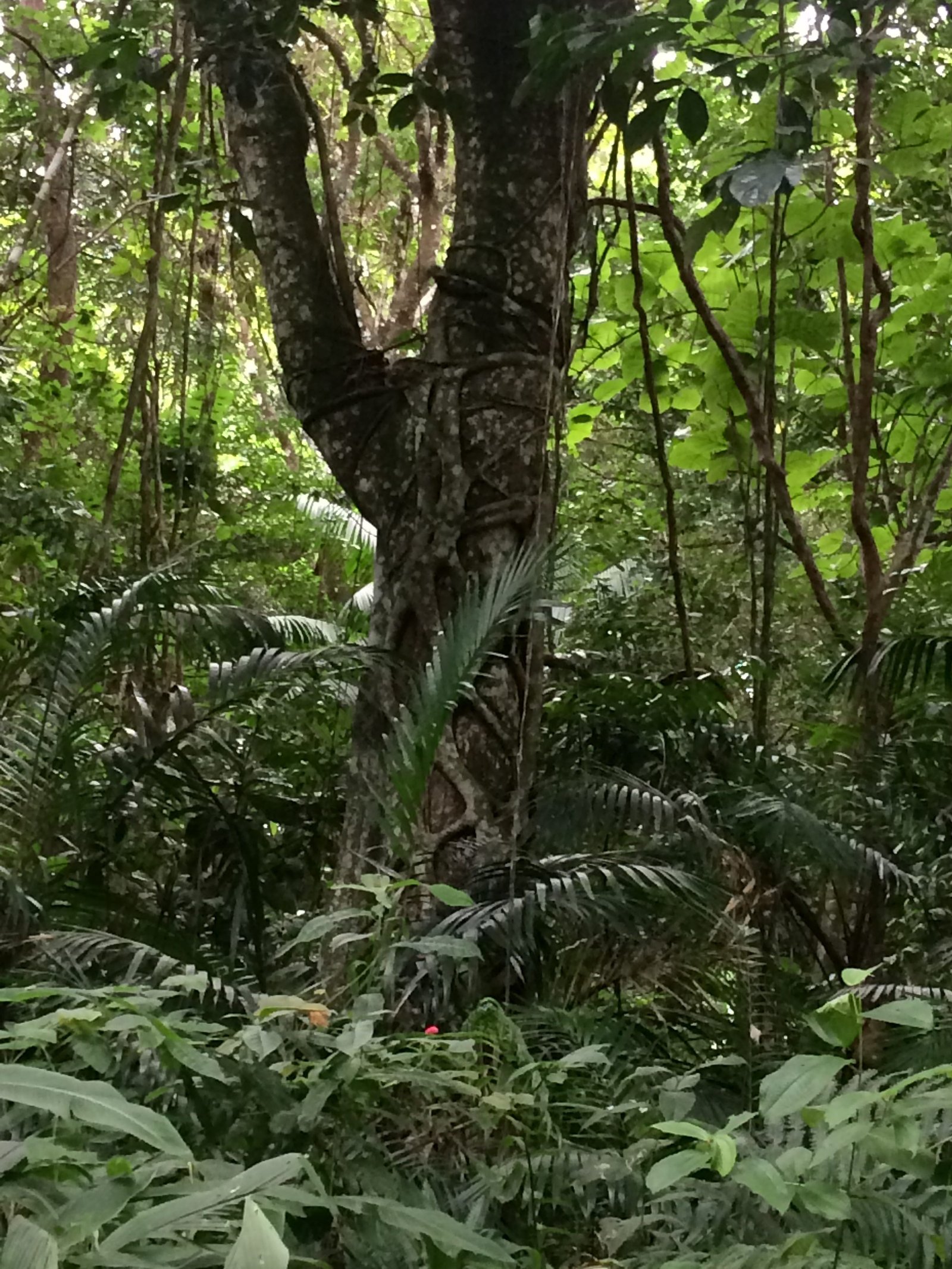
This is inspirational. Keep on doing the good stuff.
Thanks so much Joshua!